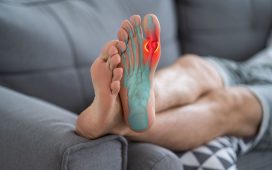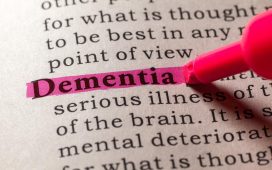Higher continuous HEI-2015 value independently linked to lower incidence of OAB, with nonlinear dose-response relationship
By Elana Gotkine HealthDay Reporter
TUESDAY, Oct. 29, 2024 (HealthDay News) — There is a positive association between a higher Healthy Eating Index (HEI)-2015 score and overactive bladder (OAB), according to a study published online Sept. 16 in Frontiers in Nutrition.
Xuanyu Hao, from the Shengjing Hospital of China Medical University in Shenyang, and colleagues examined the association between HEI-2015 and OAB using data from the National Health and Nutrition Examination Survey 2005 to 2020 datasets. The dose-response association was investigated using the restricted cubic spline model.
Data were included for 29,206 participants, including 6,184 OAB patients. The researchers observed an independent association for a higher continuous HEI-2015 value with a lower incidence of OAB (odds ratio, 0.87). Similarly, a significant association was seen for the highest versus the lowest quartile categorical HEI-2015 with lower odds of OAB (odds ratio, 0.72). A favorable nonlinear dose-response relationship was seen between HEI-2015 and OAB in the restricted cubic spline curve.
“We recommend adherence to United States dietary recommendations as a potential behavioral approach for OAB prevention,” the authors write. “However, further large-scale long-term prospective cohort studies across various regions are necessary to validate the outcomes of this investigation.”
Copyright © 2024 HealthDay. All rights reserved.








